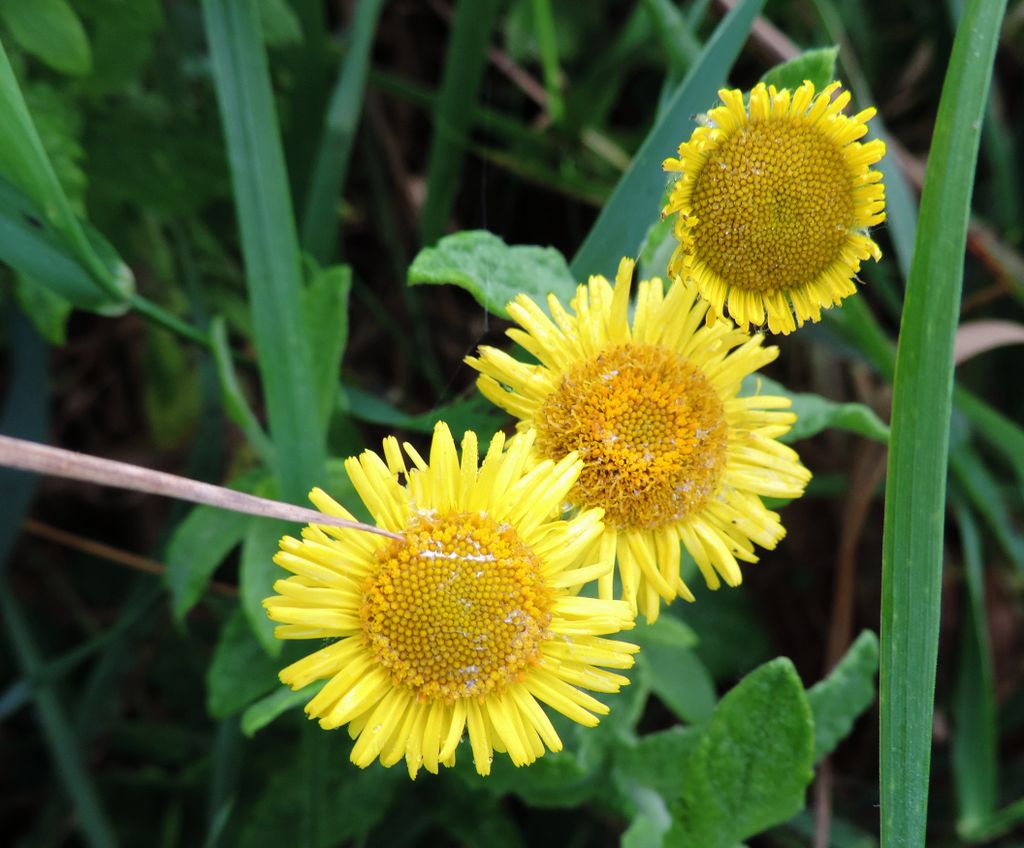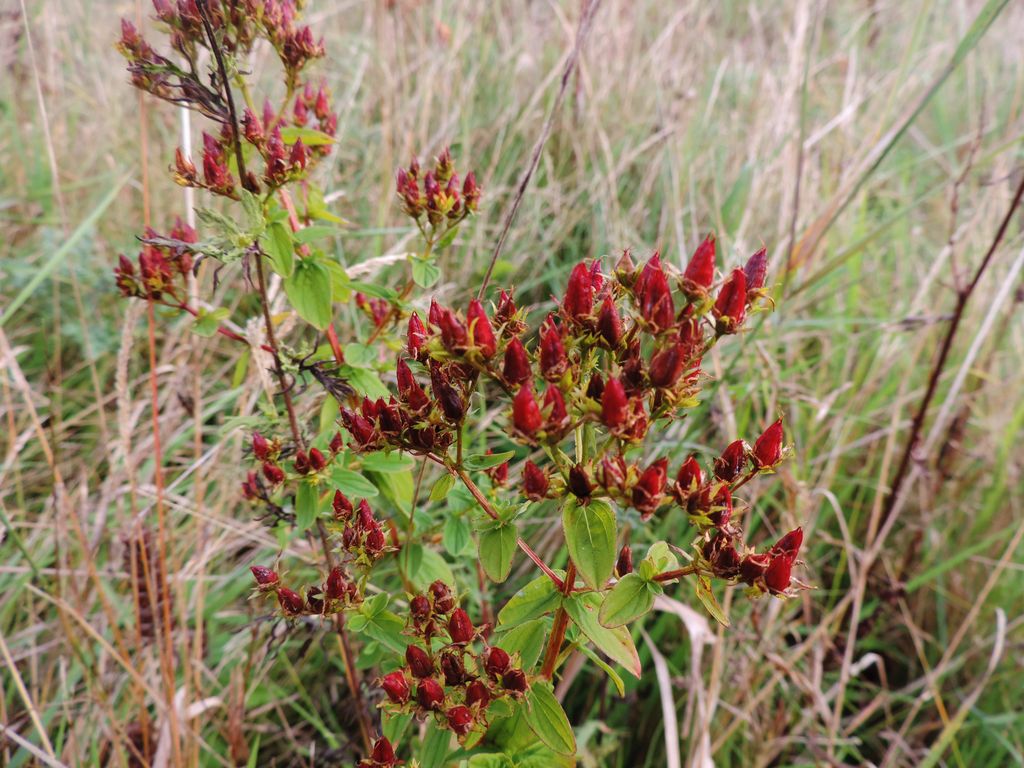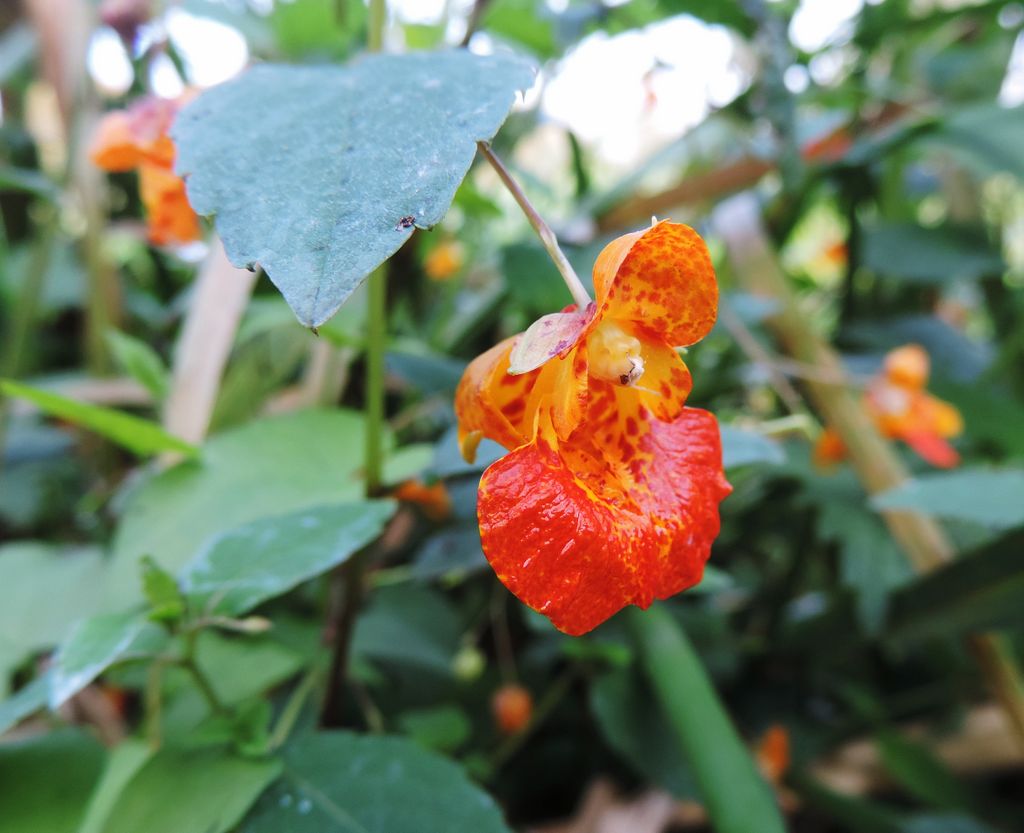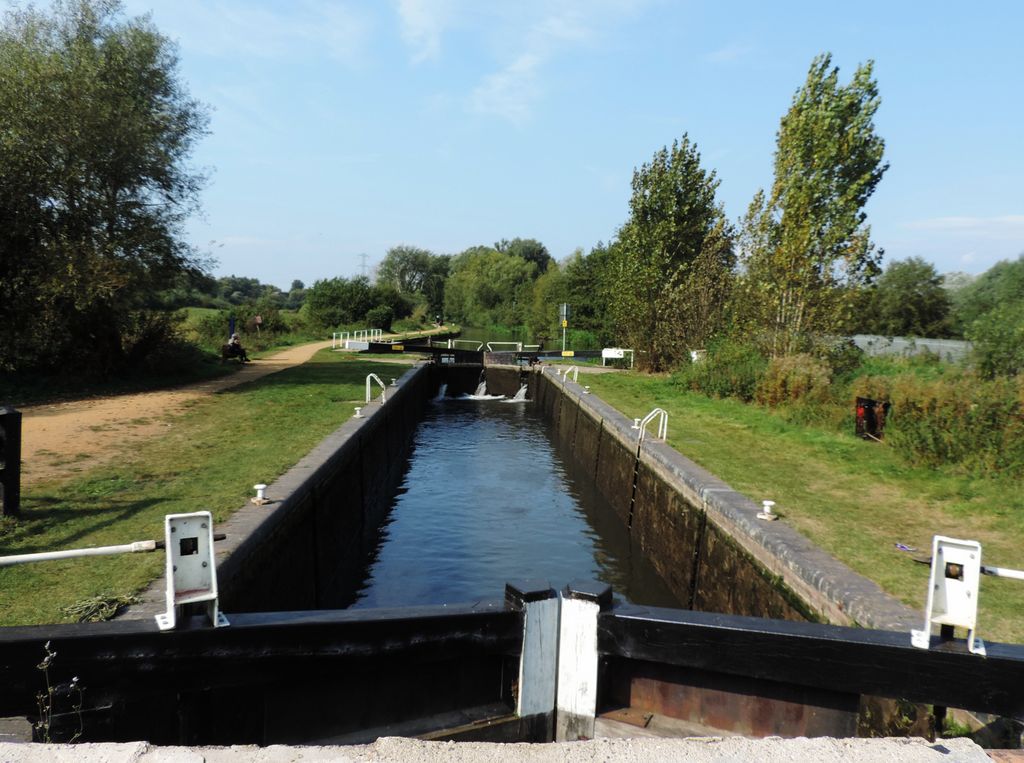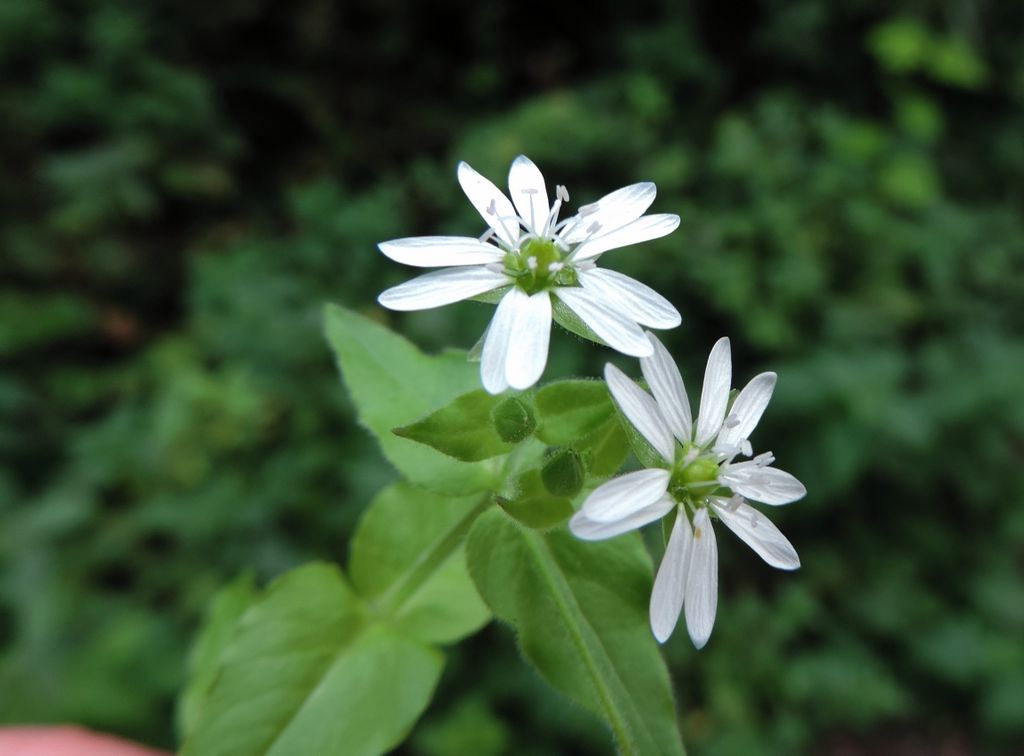Adrian Lawson led a well-attended walk around Southcote and Coley Meadows on the warm and sunny morning of Sunday 27 September. The walk started out southwards from the end of Circuit Lane along a track across Southcote Meadows. Adrian pointed out that at that point, the valley of the Kennet is about 6km wide, stretching from Southcote south to Grazeley, but as the river approaches Reading town centre, it narrows down to just hundreds of metres. This section of the meadows is not grazed and trees and bushes are gradually encroaching. Several Cetti’s Warblers called from deep in the vegetation, a Chiffchaff was seen and a Buzzard circled overhead. The walk continued to Southcote Mill, over the narrow Milkmaid’s Bridge across the Kennet and Avon Canal and into an area of restored gravel pits on the south side of the river. The path led through an area of dense Alder growth, then out onto an open meadow which had originally been sown with a wildflower mixture. But because regular cutting had ceased, vigorous grasses are taking over and a thicket of Ash seedlings, now alas mostly suffering from Ash Die-back, has appeared. Only Common Fleabane, Square-stalked St John’s-wort and Bristly Ox-tongue flowers were still holding their own. The walk continued to the edge of a lake, the easternmost gravel pit of a chain which stretches on either side of the M4 to beyond Theale. One of these lakes is famous for being home to one of Britain’s biggest freshwater fish, the Burghfield Common Carp. The walkers then headed back through more restored but neglected meadows towards the river. Two Great Spotted Woodpeckers were spotted on a wooden telegraph pole and the distinctive call of a Yellow Wagtail alerted Adrian to its presence as it flew overhead.
The next section of the walk was downstream along the towpath to a distinctive zig-zag weir where the river dropped down at the top of Fobney Island, while the canal continued at a higher level. Growing on the weir were Water Forget-me-not, Water Figwort and Water-cress. A Comma butterfly was sunning itself on a nearby bramble bush and several Speckled Wood butterflies were seen. In the original plans, it had been intended that Fobney Island would have more bare gravel habitats, but water levels have been lower than envisaged. Piles of cut and raked vegetation marked where the ground had recently been cleared. Sneezewort was found in an area of longer vegetation by the track, while in a wet area near Fobney Lock, Creeping-Jenny, Purple Loosestrife, Orange Balsam and Hemp Agrimony were seen. After re-crossing the canal, the route followed a damp path beside the old Fobney pumping station and alongside Thames Water’s treatment works. When their systems are flushed, water flows over the footpath and into the fields of Fobney Marsh. Some of the drains have been blocked, so this area of Coley Meadows is gradually becoming wetter. It is lightly grazed by cattle in summer. Further into the meadows was a pool with a Grey Heron standing to one side and a Little Egret moving along the far edge. The starry white flowers of Water Chickweed were found beside the path here. The group then retraced their steps for a short distance, before following another footpath northwards across a drier section of the meadows. It ran past a solitary Oak and led to a long wooded hedgerow which was growing on a raised bank between two ditches. Adrian suggested that it might be a path made by the monks of Reading Abbey, giving access to the vast area of marshland, where waterfowl could be trapped for food. From the next field, an interesting collection of trees could be seen. An enormous stump marked the location of a big old Black Poplar which had blown down in a recent winter storm. A halo of new growth showed that the tree had survived the fall. Nearby was an enormous Crack Willow which had fallen and regenerated a number of times, getting bigger each time. Several big old London Planes marked the historic boundary of the grounds of Coley Park. A contemporary picture shows that they must have been planted very soon after their first introduction to Britain in the 17th century. The final part of the walk was along the Holy Brook, up onto the line of a dismantled railway, along a track next to the main west coast railway line and back to the start.
Pictures by Rob Stallard

